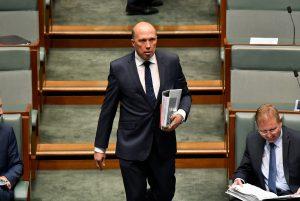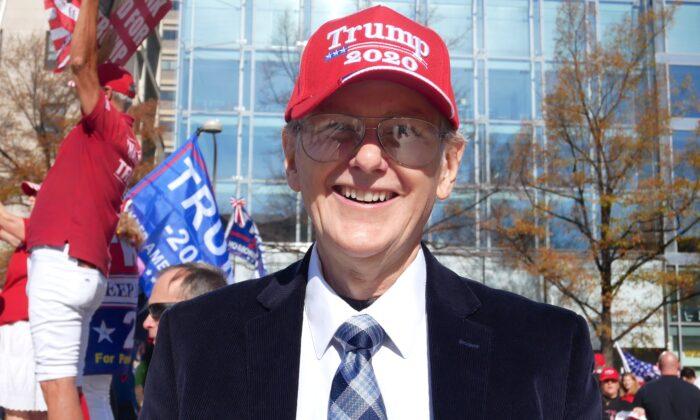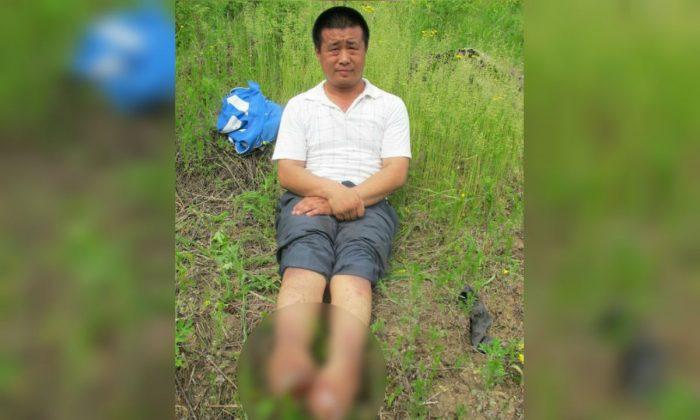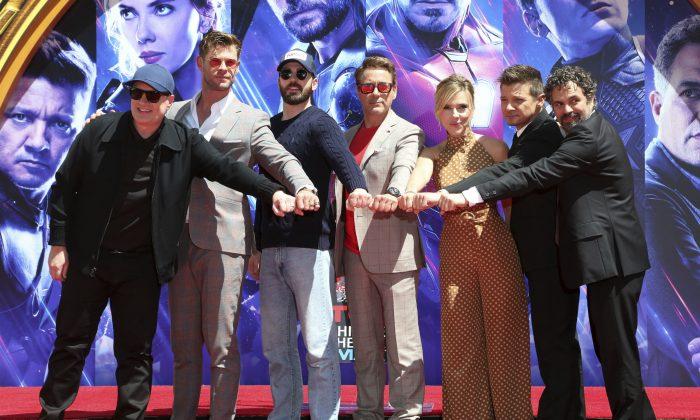The annual permanent migration intake has fallen to the lowest level in more than a decade after tougher vetting procedures were introduced to clamp down on fraudulent claims.
Home Affairs Minister Peter Dutton, who confirmed the figures on July 13, said the reduction was a result of improved vetting processes within the department.
“We’re not going to allow people in where there’s a fraudulent application, where there’s dodgy information being provided,” Dutton told reporters on July 13.
“We want to make sure particularly that, say, people coming through the spousal program are [in] legitimate relationships,” the minister told Nine’s Today program.
The new integrity measures led to a 46 percent rise in visa refusals and a 17 percent increase in application withdrawals, reported the Australian. The number of applications remained similar to previous years.
Home Affairs officials told a Senate Estimates hearing in May that new database technology had resulted in enhanced scrutiny of visa applications.
Australia’s annual permanent migration program has been capped at 190,000 since 2012, which is roughly divided into two-thirds skilled work visas and one-third family reunion visas. The humanitarian intake is calculated separately.
The latest figures for the 2016-17 financial year show that the skilled migrant stream dropped by about 10 percent to 111,099, while the biggest fall came from the family stream—mostly spousal visas—which was cut by almost 15 percent to 47,732.
Labor frontbencher Anthony Albanese said the drop in intake was a “good result.”
“Of course it’s a good result if there is more integrity in the system,” he told the Today program on July 13.
“They have been in government for five years. If they have toughened up the system which they themselves were in charge of, to ensure more integrity in the system, then of course that’s a good thing.”
“What these figures show is that we have also strengthened Australia’s permanent visa program by ending Labor’s slavish drive for quantity and replacing it with a sharper focus on integrity and quality,” Dutton told the Australian.
“I want the migration program to work for Australians, not just the migrants themselves. On my watch, we will continue to seek out those migrants who will make the best contribution to our country, including in our regions.”“At least until infrastructure, housing stock, and integration has better caught up, we simply have to move the overall numbers substantially down,” Abbott said in a speech to the Sydney Institute.
“A strong migration programme in the long term doesn’t preclude a smaller one in the short term, especially when there’s acute pressure on living standards and quality of life.”
Treasurer Scott Morrison said at the time that such a move would damage the budget.
“If you take this proposal, this is what it means. You’d have to drop [the intake] by 80,000. The hit to the budget of that would be about $4 billion to $5 billion over the next four years,” Morrison told 3AW in February.
Opposition leader Bill Shorten told reporters on July 13, “The government should realise that some level of immigration generates economic growth in this country.
“But what amazes me when the government talks about immigration is they never talk about temporary immigration. We are seeing a rise in the number of guest workers, visa workers with work rights in Australia, that’s the real challenge in Australia.”
The country’s population is set to hit 25 million in August, according to the ABS.





Friends Read Free